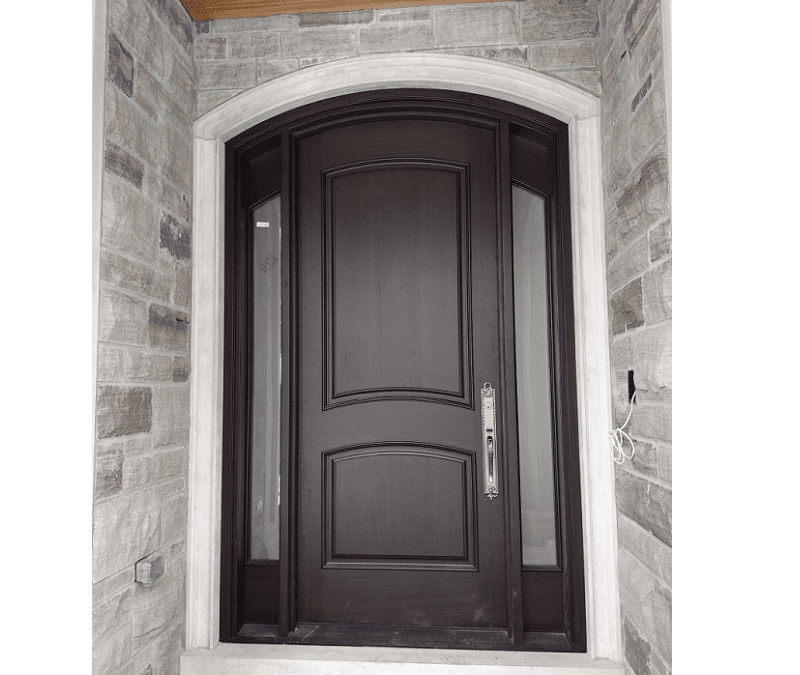Insights from Master Doors Canada
Since the early days when humans first sought shelter in caves, everyone wants (and needs) a space where they feel calm, relaxed, safe, and warm. Your exterior door does more than mark the entry to a place that welcomes family and friends. It’s also part of a system that includes the house’s walls and roof, designed to protect you from wind, snow, rain, and heat.
Having an insulated door ensures your entryway is cozy and comfortable for you and your guests. If you’re evaluating options for exterior doors in Canada, here are essential questions to ask door manufacturers about the energy efficiency and exterior door insulation of their products:
- How many layers of insulation does the entry door contain?
- A single layer of insulation, usually just the material of the exterior door, is ideal for a mild climate.
- A double-layered insulated door adds an inner material, often polystyrene, for extra protection in homes that have mild or moderate weather.
- Triple-layered exterior doors contain two layers of polystyrene or polyurethane between the outer door material to minimize heat loss and cold penetration.
- Solid wood custom doors have insulation inherent in the wood, with hardwoods like walnut, oak, and mahogany providing weather resistance and durability.
- What is the R-value of the exterior door?
- The R-value represents the energy efficiency of an entry door’s building material and measures the thermal performance of its insulation. A higher R rating delivers better climate control and more energy efficiency for your house.
- R-values increase with material thickness, so a thicker, solid-core wooden door provides more insulation than a hollow door. For example,
- A 1 ¾-inch (4.4 cm) wood door with a hollow core has an R-value of 2.2.
- A 1 ¾-inch (4.4 cm) solid wood core door has an estimated R-value of 3.0.
- Adding more depth to 2¼-inch or 5.7 cm improves the R-value to 3.7.
- What installation process does the door manufacturer use for front doors?
- The material that makes an entry door delivers part, but not all, of the insulating properties of the door system.
- The door must fit snugly into its frame, and the entrance must be flush with the house walls.
- If you choose a pre-made door, some manufacturers may install it in the existing frame, leaving gaps that allow heat out and cold in, reducing the door’s energy efficiency. Your door purchase may include framing, but if you have a non-standard-sized entryway, installers may fill gaps with caulking or insulation.
- A custom door manufacturer will precisely measure the house entrance, build a frame and door to fit exactly, and provide the most insulating installation.
For custom entry doors designed, crafted, and installed to deliver a warm and inviting experience for you and your family, contact Master Doors Canada. We’ll provide a free quote and partner with you to create a front door with exterior door insulation that fits your home and your style!



